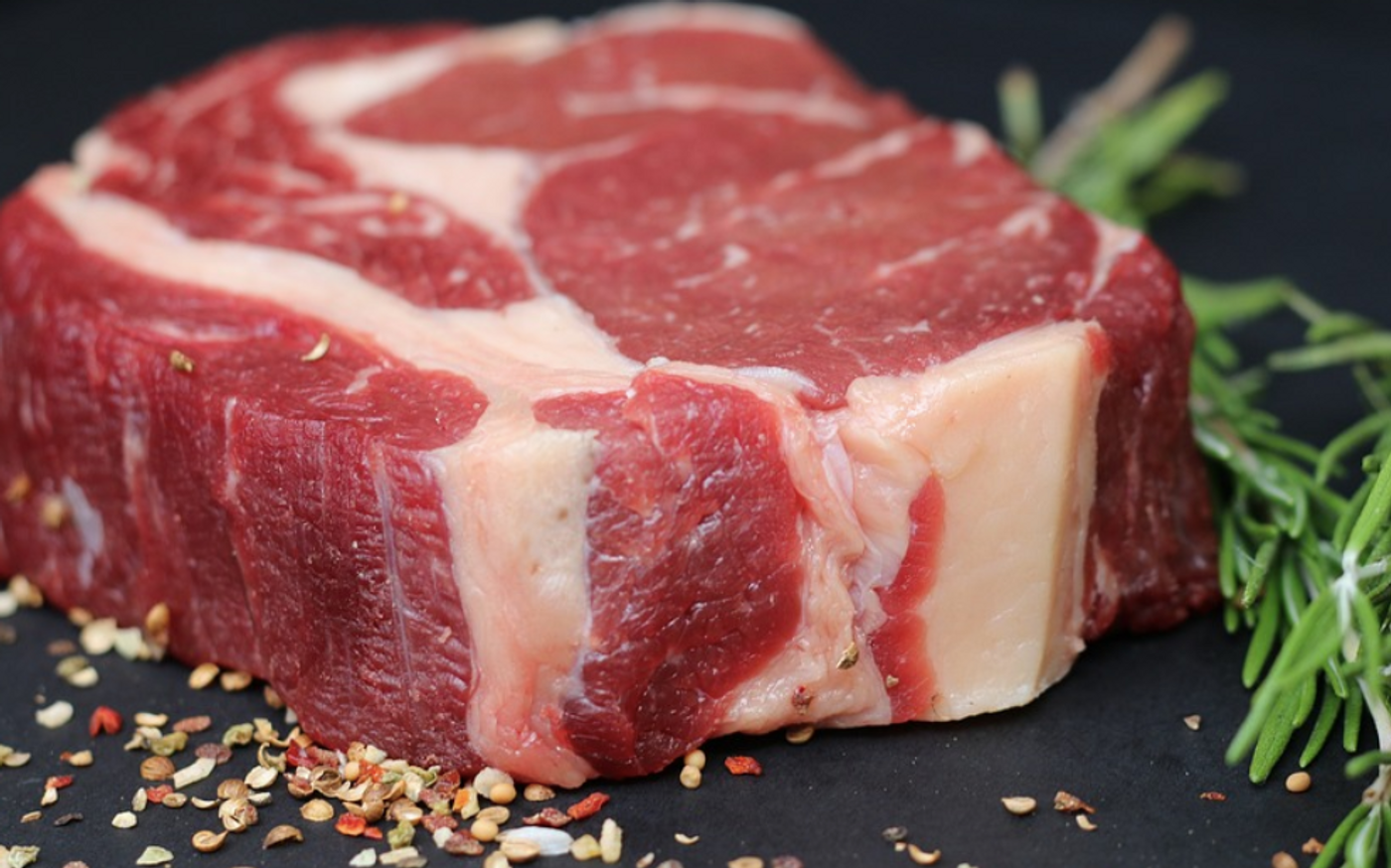Solving Lab-Grown Meat's Expensive Problem
Humans raise and slaughter vast numbers of animals for our food. All of that meat production has a high environmental cost. Meat is thought to generate far more greenhouse gases during production compared to plant based foods. The animals in industrial agriculture operations, particularly cattle, require huge amounts of land, feed, and water. It's been argued that we could dramatically reduce the impact of climate change if meat production was halted. But millions of people are used to eating meat every day, sometimes at multiple meals per day. Many of these folks won't turn easily to a plant based diet.
Meat substitutes could be an alternative to the use of animals. One potential option is meat grown in a lab; scientists can collect cells from animals and then grow the cells in dishes to generate muscle, fat, and connective tissue, like a slab of meat. But even though it has been done successfully, this technology has faced many hurdles, and there are major barriers that prevent its use on a massive scale.
One problem is growth factors. Cells growing in culture need to be fed nutrients and the right mixture of molecules so the right tissue will grow. Animal cells also require a lot more specialized care compared to bacterial cells, and these meat cultures have to be kept relatively sterile. Some have noted that there can also a be high environmental cost to these processes.
But scientists may have made a breakthrough. New research has shown that beef cells can be engineered to generate their own growth factors, which could dramatically reduce production costs in the realm of lab-grown meat.
Growth factors, such as fibroblast growth factor (FGF) can coax stem cells to begin to specialize and mature into skeletal muscle cells, and generate skeletal muscle tissue, which we might know as hamburger or steak. Publishing in Cell Reports Sustainability, scientists have now created beef cells that produce FGF themselves, so FGF does not have to be extracted from somewhere else and added to the meat culture.
"FGF is not exactly a nutrient," said first study author Andrew Stout, Director of Science at Tufts Cellular Agriculture Commercialization Lab. "It's more like an instruction for the cells to behave in a certain way."
Growth factors are an extremely expensive additive to cell culture media, which feeds the growing cells. These factors also have to be continuously replenished. This new approach may pave the way to the creation of lab-grown meat on an industrial scale.
Interestingly, the researchers did not add genes to these bovine cells. Instead, they simply edited the genes that were already in the cells' genomes so that they would express certain molecules. The researchers noted that this may also simplify approval processes that would allow for the consumption of this meat.
The team is continuing to improve their approach, and it may also be useful for the production of other types of meat such as chicken or pork.
"While we significantly cut the cost of media, there is still some optimization that needs to be done to make it industry-ready," said Stout. "We did see slower growth with the engineered cells, but I think we can overcome that."
Sources: Tufts University, Cell Reports Sustainability









